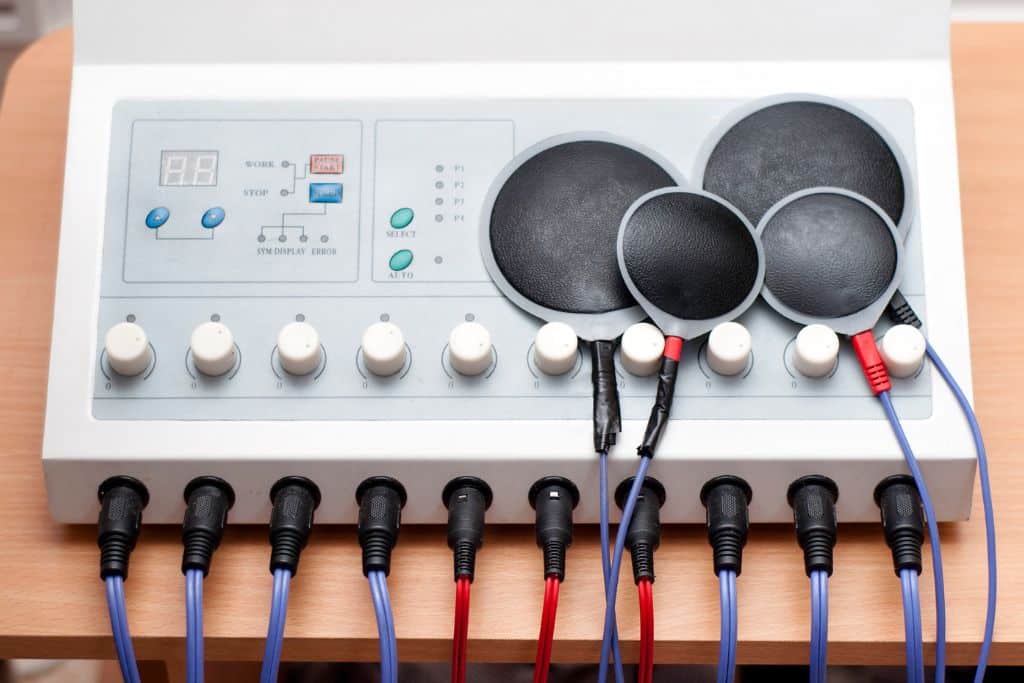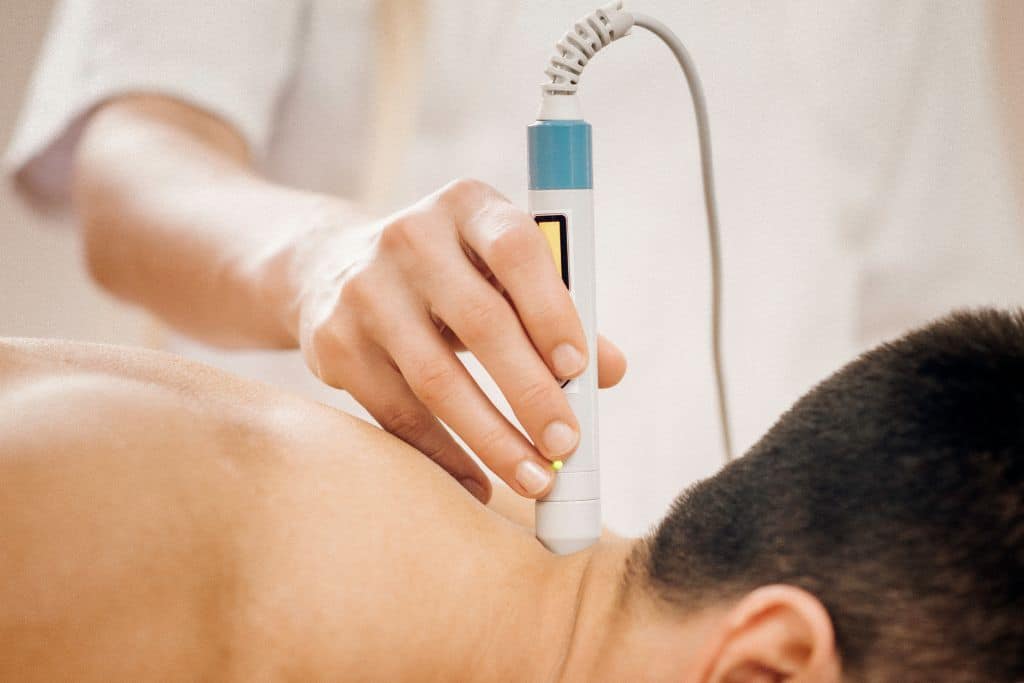Is Tech Making Therapy Better or Worse?
Have you ever considered using technology to enhance your therapy sessions? With advancements in telehealth and wearable devices, the intersection of tech and mental health has become more prevalent than ever before. But is it truly making therapy better or worse? In this blog post, we will explore the pros and cons of incorporating technology into therapy, as well as provide tips on how to decide if it’s right for you. Plus, we’ll dive into some amazing gadgets that can help alleviate anxiety and depression. So sit back, relax, and let’s delve into the world of tech-enhanced therapy.
The Pros of Technology in Therapy
Technology has revolutionized the field of therapy in many ways. One of the most significant benefits is increased accessibility to mental health care. With telehealth services, clients who live in remote or underserved areas can access therapy from the comfort of their own homes.
Another advantage is that technology provides a safe and secure space for people who may feel uncomfortable with face-to-face sessions. For example, online chat rooms allow individuals to anonymously seek support and communicate with others going through similar experiences.

Moreover, technology can help therapists provide more personalized treatment plans based on data collected from wearable devices. These gadgets track client’s moods, sleep patterns, and stress levels which helps therapists tailor their approach accordingly. Technology has made it possible for clients to access self-help resources such as meditation apps and virtual reality experiences that complement traditional therapy techniques.
Technology offers numerous advantages when incorporated into therapy practices. By increasing accessibility, providing a secure environment for communication, personalizing treatment plans based on data collection and enhancing traditional therapies with modern technological tools; tech is making it easier than ever before to receive help for mental health issues.
The Cons of Technology in Therapy
While technology has brought about many advancements in the field of therapy, there are some potential downsides to consider. One major concern is that relying too heavily on technology can lead to a lack of personal connection between therapist and client.
Another issue is that certain technologies may not be accessible or affordable for all individuals seeking therapy, creating further disparities in mental health care. Additionally, relying solely on technology could potentially overlook the importance of nonverbal cues and body language in communication.

There’s also the risk that clients may become too reliant on technological tools rather than developing their own coping mechanisms or finding support from loved ones. Privacy concerns must also be taken into account when using digital platforms for therapy sessions.
It’s important to note that while technology can enhance therapeutic experiences, it should never replace traditional forms of therapy entirely. A balanced approach is essential to ensuring quality mental health care for everyone who needs it.
How to Decide if Tech is Right for Your Therapy
When it comes to deciding whether or not to incorporate technology into your therapy sessions, there are a few factors to consider. First and foremost, you should assess your own comfort level with using technology in general. If you’re someone who struggles with technology or finds it distracting, then incorporating tech into your therapy may not be the best choice.
Another factor to consider is the type of therapy you are seeking. Some therapeutic approaches may lend themselves better to utilizing technology than others. For example, online cognitive behavioral therapy programs have been shown to be effective in treating anxiety and depression.

It’s also important to think about what kind of support system you have outside of therapy. If you don’t have strong social connections or access to mental health resources outside of your therapist, then incorporating tech tools like teletherapy might be helpful.
The decision on whether or not to use technology in your therapy is a personal one that should be made with careful consideration and consultation with your therapist. It’s important to remember that while technology can offer many benefits in terms of accessibility and convenience, it’s not always the right choice for everyone.
Conclusion
After weighing the pros and cons of technology in therapy, it’s clear that there are both benefits and drawbacks to integrating technology into mental health treatment. While it can provide greater accessibility, convenience, and anonymity for some individuals seeking therapy, it may also have limitations in terms of building trust and connection with a therapist.

Whether or not tech is right for your therapy will depend on your individual needs and preferences as well as the specific type of therapy you’re receiving. It’s important to discuss any concerns or questions you may have with your therapist to determine what approach would be best suited for you.
The documentary “Is Tech Making Therapy Better or Worse?” looks at the impact of technology on mental health therapy. See “A Look at Clinical Depression” for further information on clinical depression. Learn more about the symptoms, difficulties, and available treatments for this mental health condition. We can evaluate its benefits and cons by looking at technology and treatment. Examine the advantages and drawbacks of using technology to enhance mental health services. Study the relationship between technology and mental health as therapy methods change.

